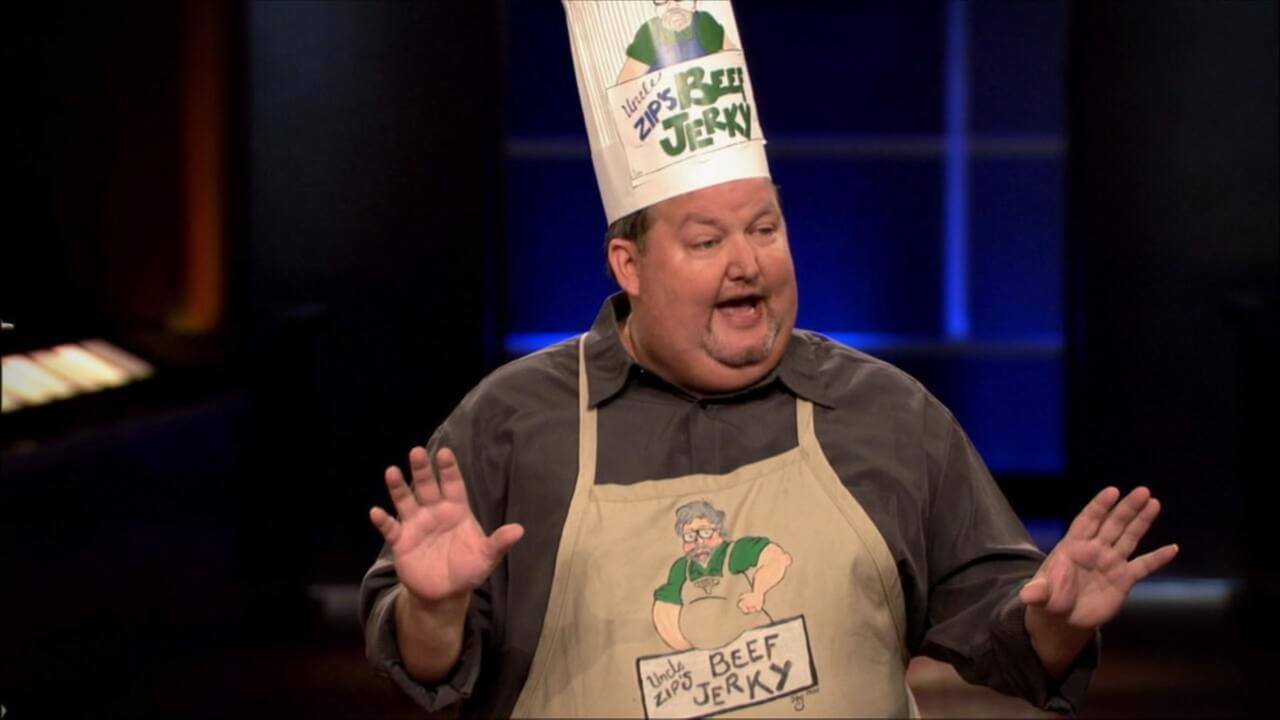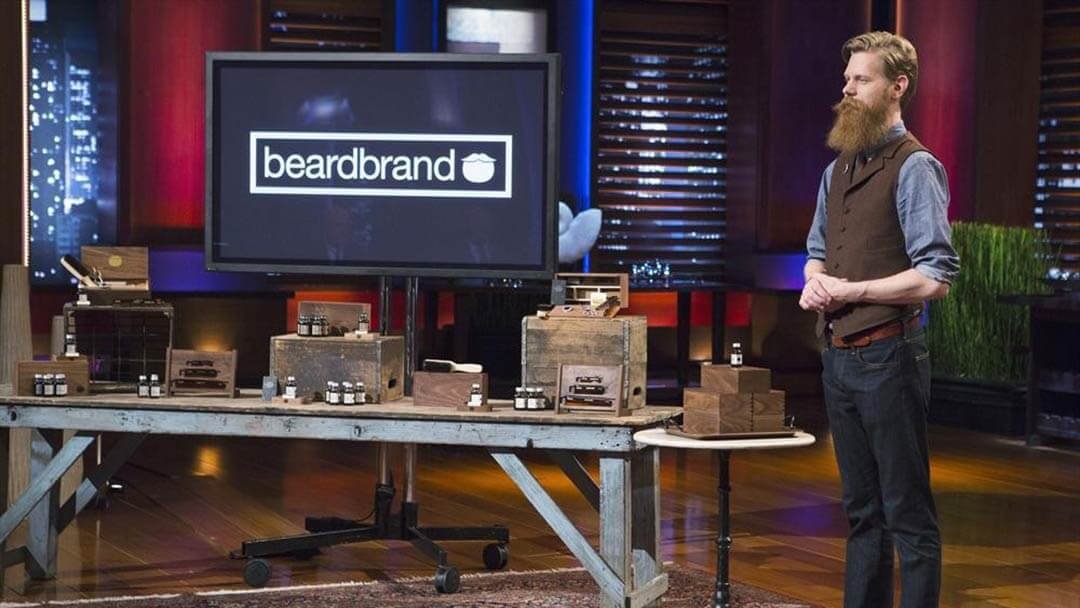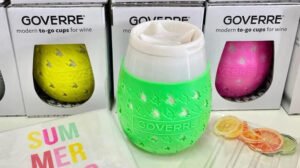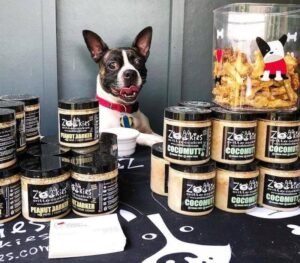Shark Tank fans love a good origin story. People tune in thinking If you get on TV and pitch the Sharks, you win. Case closed. But here’s the catch — sometimes, the most honest, raw hustles never land a deal. Still, some founders walk out of that studio with more than money — they earn respect, a boost, and a shot at building their legacy for real.
Uncle Zip’s Beef Jerky is that story. Not some big corporate jerky brand. Not a viral overnight sensation. This one was built the slow, hard way, out of a North Carolina garage with a family recipe and a lot of heartbreak no camera catches. If you’ve ever thought you needed a Shark Tank deal to make your side hustle legit, let’s bust that myth right now.
2. Building the Brand: From Zip’s Kitchen to Store Shelves
Every entrepreneur starts somewhere — usually on their own dime, late at night, after the real job is done. Ken Howell lived that grind. Uncle Zip (Bill Howell) got a dehydrator in the 90s and started tweaking recipes just for fun. That fun turned serious when cancer took Zip in 2005, and Ken decided to honor his dad’s memory with a real business.
He wasn’t handed distribution deals or massive checks. Ken stood at local North Carolina events, selling jerky from a folding table, pitching his story face-to-face. Ten years of small-batch work later, he’d carved out a loyal local fan base — no investors, no shortcuts, just bootstrapped hustle. Side note: if you want to start something that lasts, you’ve got to risk looking scrappy for years.

3. What Makes Uncle Zip’s Beef Jerky Different?
Ask anyone who’s tried selling food: it’s brutal. Margins are tight, shelf space is expensive, and you compete with brands that spend more on mascots than you spend on meat. But Uncle Zip’s Beef Jerky wasn’t trying to be another gas-station staple.
Ken’s jerky had actual differentiators, not smoke and mirrors:
- Small batches, all by hand — never mass-produced
- No weird additives or preservatives — this stuff only keeps for two months because it’s real food
- A home-grown taste — family secrets you can’t buy off the shelf
Forget the healthy buzzword soup. If you’re hustling in a crowded market, you need real selling points. Uncle Zip’s had them.
4. The Shark Tank Pitch: What Went Down in the Tank?
Pitching on Shark Tank is a masterclass in pressure. Producers cut your story short, the lights are blinding, and the Sharks can sniff B.S. from a mile away. Ken strolled in during Season 2, Episode 4. The ask was simple: $25,000 for 20% of Uncle Zip’s Beef Jerky. That pegs the company at $125,000. Modest, honest valuation — and trust me, most founders on Shark Tank go higher and come off greedy. Ken played it smart.
He handed out samples. Didn’t just talk mouthfeel and smoke flavor — he talked about honoring his dad’s legacy. The pitch blended product passion, personal pain, and practical need. He wanted the cash to upgrade his facility and finally get off the hobby-table circuit. If you’ve ever tried to scale food production, you know: regulations and overhead are the real gatekeepers.
5. Did the Sharks Bite or Walk Away?
Here’s where good television meets harsh business logic. All the Sharks — Robert Herjavec, Daymond John, Kevin O’Leary, Barbara Corcoran, and guest Shark Jeff Foxworthy — loved the hustle. They liked the jerky, too. But the knives still came out:
- Robert asked if Ken was running on emotion, not data.
- Daymond bowed out — wrong fit and too niche.
- Kevin did his I love money, not stories routine and said no.
- Jeff Foxworthy praised the flavor but had his own jerky line — full conflict of interest.
- Barbara gave the kind of backhanded compliment founders dread: You’ve already made it. Translation: keep grinding, but I’m not funding you.
No deal. And honestly? Sometimes, that’s a blessing.
6. Net Worth and Sales Boost: Cash Flow After the Cameras
This is where most summaries get lazy. No deal, no future, right? Wrong. The real sharks are the customers, and the Shark Tank spotlight is rocket fuel — if you’re ready.
After the episode aired, Uncle Zip’s saw real life Shark Tank effect. Orders spiked. New customers found the website. Revenue jumped — but not into mansion-and-helicopter territory. No official numbers are public, but estimates on sites like SharkWorth suggest the business became a tidy, six-figure operation for a time.
Here’s the playbook: If you can’t get Shark money, milk the exposure for all it’s worth. Uncle Zip’s got a free wave of marketing thousands of brands would pay for. Did it turn them into Jack Link’s? No. But it solidified their niche, and for a family business, that beats chasing risky scale.
7. Loss and Resilience: Handling Setbacks Inside and Outside the Business
Now for the part TV rarely covers — what it costs in real life. Ken built Uncle Zip’s while carrying a backpack full of grief. He lost his dad (the original Zip), then his nephew, then his mother. That’s on top of normal business curveballs.
Ken passed away in 2014, handing the torch to a close friend. A reminder: legacy is a real asset — if you’ve built the values into the DNA of your business.
8. Where Uncle Zip’s Beef Jerky Stands Today
After more loss and more pivots, Uncle Zip’s Beef Jerky is still doing business as of 2025. The company is small, but the line-up is solid. There’s a website, a direct-to-consumer Jerky Club, and online orders from loyal fans. No as seen on Shark Tank flash left — just steady, honest work.
Ownership is now with Ken’s friend, who picked up where Ken left off. Even as a side hustle, the brand holds on tight to its roots. It’s a survivor’s story, not a unicorn, but in the food world, that’s rare and real.

9. Lessons for Real Entrepreneurs and Side Hustlers
Here’s what you really need to know if you’re hustling your own idea:
- Not every win needs Shark dollars. Sometimes, community, legacy, and loyal customers are the right foundation.
- If your pitch is built on pain and passion, use it — but know your numbers, too. The best stories in the world still need to sell.
- Don’t let rejection sting for long. Use exposure to your advantage. Flood your socials, build your DMs, harness the buzz for follow-on sales.
- Find a real differentiator. Homemade only goes so far. Shelf life, ingredients, and process — these details let you fight in crowded markets.
- Plan for legacy, not a quick exit. If you’re building for the next twenty years, you’ll grind through setbacks that kill the get-rich-quick folks.
Uncle Zip’s isn’t flashy. But that’s the reality for most honest businesses — and that’s no knock. If you make it through loss, rejection, and scale without losing your why, you’ve already beaten most of the field.
FAQs
1. Is Uncle Zip’s Beef Jerky still in business after Shark Tank?
Yes, as of 2025, the company is still operating. You can buy jerky on their website.
2. Did any Shark invest in Uncle Zip’s Beef Jerky?
No. All of the Sharks — including guest Jeff Foxworthy — passed on the deal.
3. What happened to Ken Howell after Shark Tank?
Ken kept running the company until he passed away in 2014. After that, a friend took over.
4. Who owns Uncle Zip’s Beef Jerky now?
Ownership passed to Ken Howell’s friend, who continues the business.
5. Can I still buy Uncle Zip’s Beef Jerky online?
Yes. They have their own website and offer a Jerky Club subscription.
6. How much is Uncle Zip’s Beef Jerky worth today?
No public numbers exist, but estimates from SharkWorth show it’s a steady, niche player in the market.
7. What makes Uncle Zip’s Beef Jerky different from store brands?
It’s genuinely small-batch, no additives or preservatives, made via family recipe with a short shelf life — real food.
8. Did the Shark Tank appearance help the company grow?
Absolutely. Exposure sparked more sales and a bigger fanbase, even without a Shark deal.
Don’t get caught up in startup hype — respect the true hustle. Uncle Zip’s Beef Jerky is proof that grit and legacy last a lot longer than TV glory. This is the kind of real talk I wish every would-be founder heard before they went chasing a Shark.










